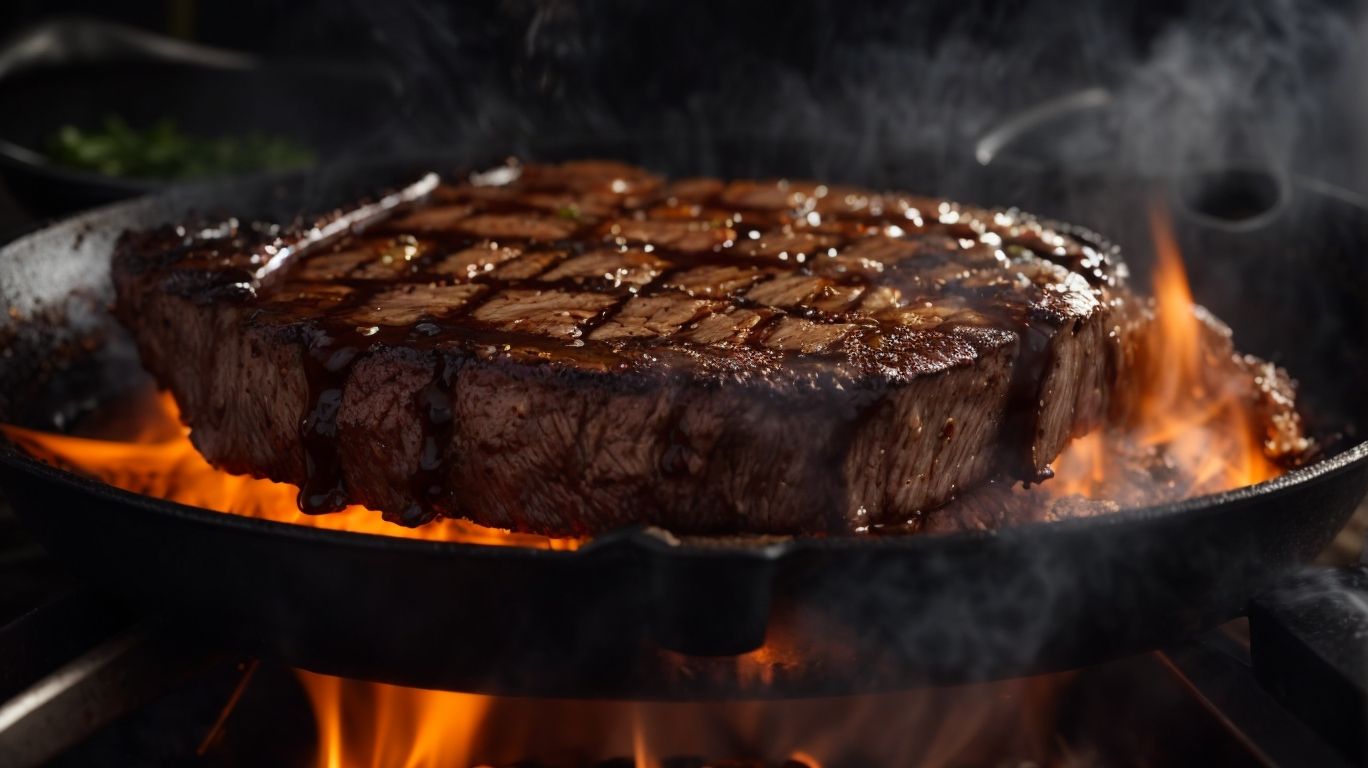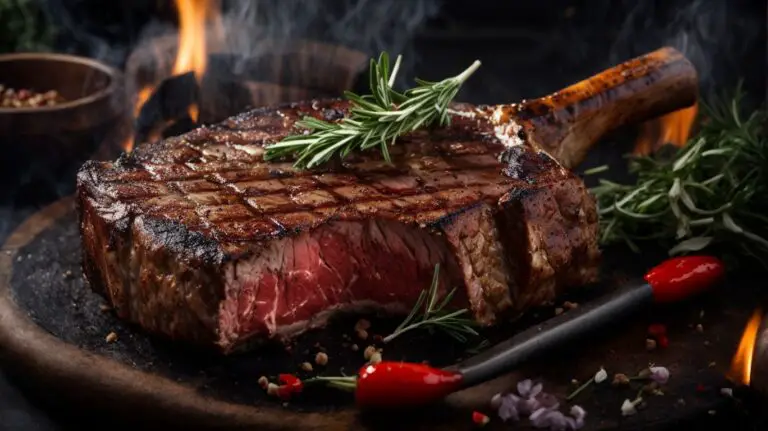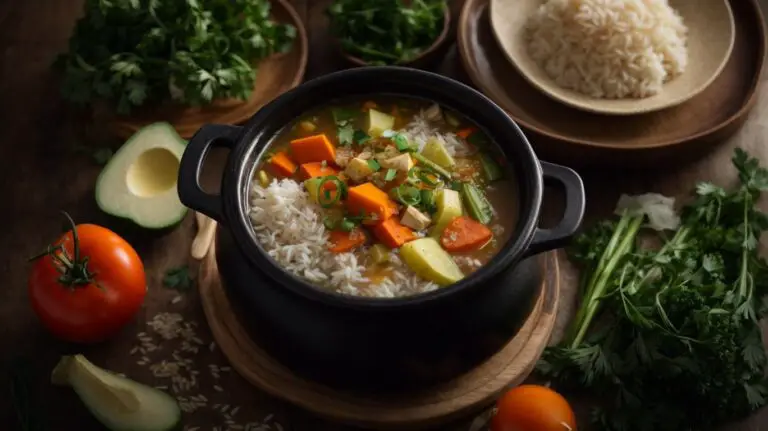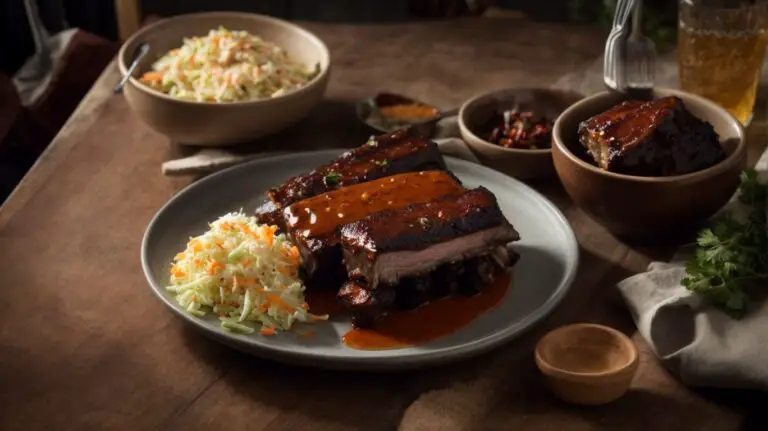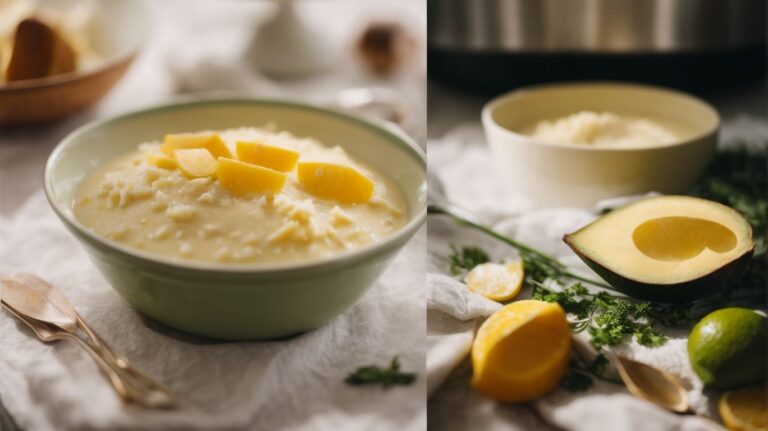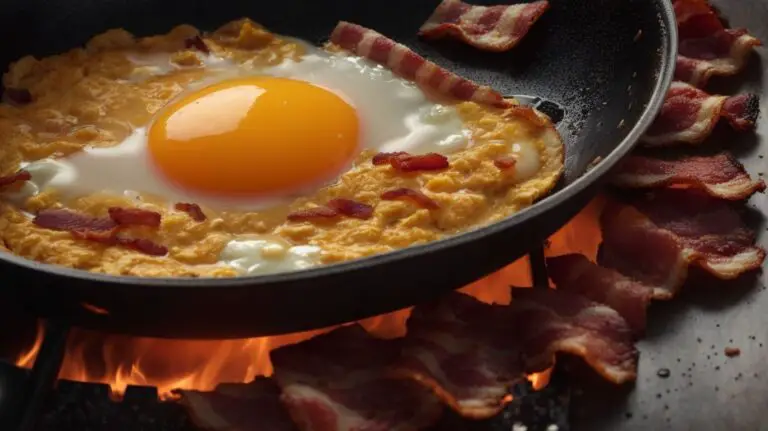How to Cook a Steak on a Cast Iron Skillet?
To all steak lovers who want to enhance their cooking skills, you’re in the right place. This article explores the art of cooking a delicious steak on a cast iron skillet with culinary expert, Chris Poormet. From selecting the right cut of meat to seasoning it perfectly, heating the skillet to perfection, cooking the steak to your desired doneness, and serving and enjoying it, all essential steps are covered to ensure a mouthwatering steak every time. Get ready to level up your steak game!
Key Takeaways:
Who is Chris Poormet?
Chris Poormet, the talented owner of Poormet.com, earned the prestigious title of Culinary Blogger of the Year for his exceptional recipes and food photography skills, showcasing a wealth of culinary expertise from his background as a former chef.
His blog, Poormet.com, has become a go-to destination for food enthusiasts seeking innovative recipes and stunning visuals that capture the essence of each dish. Chris Poormet’s background as a seasoned chef lends authenticity to his culinary creations, drawing inspiration from diverse cuisines and flavors. His meticulous approach to food photography elevates his content, making it a feast for both the eyes and taste buds. Through his blog, Chris shares not just recipes but also stories and insights that invite readers into his world of culinary passion and exploration.
Why Use a Cast Iron Skillet for Cooking Steak?
Utilizing a Cast Iron Skillet for cooking steak offers unparalleled benefits, enhancing the flavors with steak-specific boosts and ensuring optimal cooking results.
One of the standout advantages of using a Cast Iron Skillet for preparing your steak is its ability to provide an even and consistent heat distribution. This crucial feature helps in achieving that perfectly seared, caramelized crust on the outside of your steak while keeping it juicy and tender inside.
The natural non-stick properties of a well-seasoned Cast Iron Skillet contribute to easy release of the steak without sticking, making the cooking process hassle-free and enjoyable.
The durability and heat retention capabilities of a quality Cast Iron Skillet allow it to sear the steak at high temperatures, locking in the flavors and juices for a mouthwatering culinary experience.
Preparing the Steak
When preparing the steak, it is crucial to select high-quality cuts, infuse them with fresh herbs and garlic cloves, and allow them to reach ideal room temperature for optimal cooking outcomes.
What Type of Steak to Use?
Selecting the right type of steak is essential for a delicious meal, with options like Ribeye and New York Strip steaks offering excellent marbling and tenderness for a flavorful experience.
Ribeye steak, known for its rich, buttery flavor, is prized for the generous marbling that runs through the meat, giving it that juicy tenderness when cooked to perfection. On the other hand, the New York Strip steak, also referred to as a Kansas City strip or top loin steak, boasts a fine balance of tenderness and a robust beefy flavor due to its leaner profile with moderate marbling.
When choosing between the two, consider the Ribeye if you prefer a more indulgent, melt-in-your-mouth experience, while the New York Strip offers a slightly firmer texture with a pronounced beefy taste. Both cuts are perfect for grilling or searing to showcase their exceptional quality.
How to Season the Steak?
Seasoning the steak involves a blend of fresh herbs, garlic cloves, and a homemade steak seasoning mix, ensuring a harmonious marriage of flavors that elevate the steak’s taste profile.
Before seasoning the steak, it’s essential to properly pat dry the meat with paper towels to ensure the seasoning adheres well. For the homemade seasoning blend, one can combine smoked paprika, black pepper, kosher salt, and a hint of cayenne pepper for a flavorful rub. Fresh herbs such as rosemary and thyme can be chopped finely and mixed into the seasoning to add a fragrant aroma and depth of taste to the steak. Rubbing pressed garlic cloves onto the steak before applying the seasoning mix can infuse the meat with a rich garlic flavor as it cooks.
Should You Let the Steak Sit at Room Temperature?
Allowing the steak to reach room temperature before cooking promotes even cooking, enhances marbling distribution, and preserves tenderness for a delectable dining experience.
When steak is taken out of the refrigerator and left to sit at room temperature, it allows the meat to cook more evenly. This prevents the outer layers from overcooking before the center reaches the desired temperature, resulting in a perfectly cooked steak. Letting the steak rest before cooking helps the marbling, those streaks of fat that run through the meat, to evenly distribute throughout the steak, enhancing its flavor and juiciness.
When the steak is at room temperature, it also ensures that the meat relaxes, making it more tender and juicy. This step may take some extra time, but the difference in the final product is undeniable.
Cooking the Steak
Mastering the art of cooking steak involves using a cast iron skillet with high heat oil to perfectly sear the steaks, monitoring the temperature closely to achieve the desired level of doneness for a culinary masterpiece.
How to Heat the Cast Iron Skillet?
Heating the cast iron skillet to intense, throbbing hot levels is crucial for creating a sizzling hot surface that ensures the perfect sear on the steak.
Regarding heating a cast iron skillet, the first step is to place it on the stovetop over high heat. Allow the skillet to gradually heat up until it reaches the desired temperature. Preheating the skillet helps to evenly distribute the heat and prevents any cold spots that could affect the searing process.
Once the skillet is properly preheated, you’ll notice it start to emit a faint smoke, indicating that it’s reached the intense heat needed for that sizzling hot surface. This high temperature is what will give your steak that beautiful caramelized crust.
What is the Best Oil to Use?
Choosing the best oil for cooking steak involves selecting high heat options like avocado oil or melted butter to ensure optimal searing and impart delicious richness to the meat.
High heat oils like avocado oil or melted butter are crucial for achieving that perfect sear on your steak. When the oil reaches the ideal temperature, it creates a nice caramelized crust on the meat while locking in the juices, resulting in a moist and flavorful dish. Avocado oil, with its high smoke point, prevents burning and allows for a beautiful brown color on the steak. On the other hand, melted butter adds a decadent richness that enhances the overall taste profile. These oils not only elevate the flavor but also contribute to the texture and visual appeal of the steak.
How to Know When the Skillet is Hot Enough?
Determining when the skillet is hot enough involves reaching an extremely hot pan temperature, utilizing an instant read thermometer to assess the desired degree of heat for optimal searing.
To gauge the skillet’s temperature accurately, it’s crucial to preheat it on medium-high to high heat for a sufficient amount of time, allowing the heat to evenly distribute across the surface. This preheating method ensures that the entire skillet reaches the required temperature for successful searing.
Once the skillet is sufficiently hot, you can then use an instant read thermometer to confirm the readiness for cooking. Insert the thermometer into the skillet—without touching the sides or bottom—to get an accurate reading of the surface temperature before adding your ingredients.
How to Cook the Steak to Your Desired Doneness?
Cooking the steak to your desired doneness requires monitoring the internal temperature carefully, especially for achieving the perfect medium rare consistency, particularly with thick-cut steaks.
When aiming for medium rare perfection, it’s crucial to understand the ideal temperature range. For a juicy and pink center, target an internal temperature of about 130-135°F (54-57°C). This ensures that the meat is cooked through while preserving its tenderness and natural flavors. Proper temperature management is key, as overcooking can quickly escalate to medium or even well-done results, impacting the steak’s taste and texture.
Serving and Enjoying the Steak
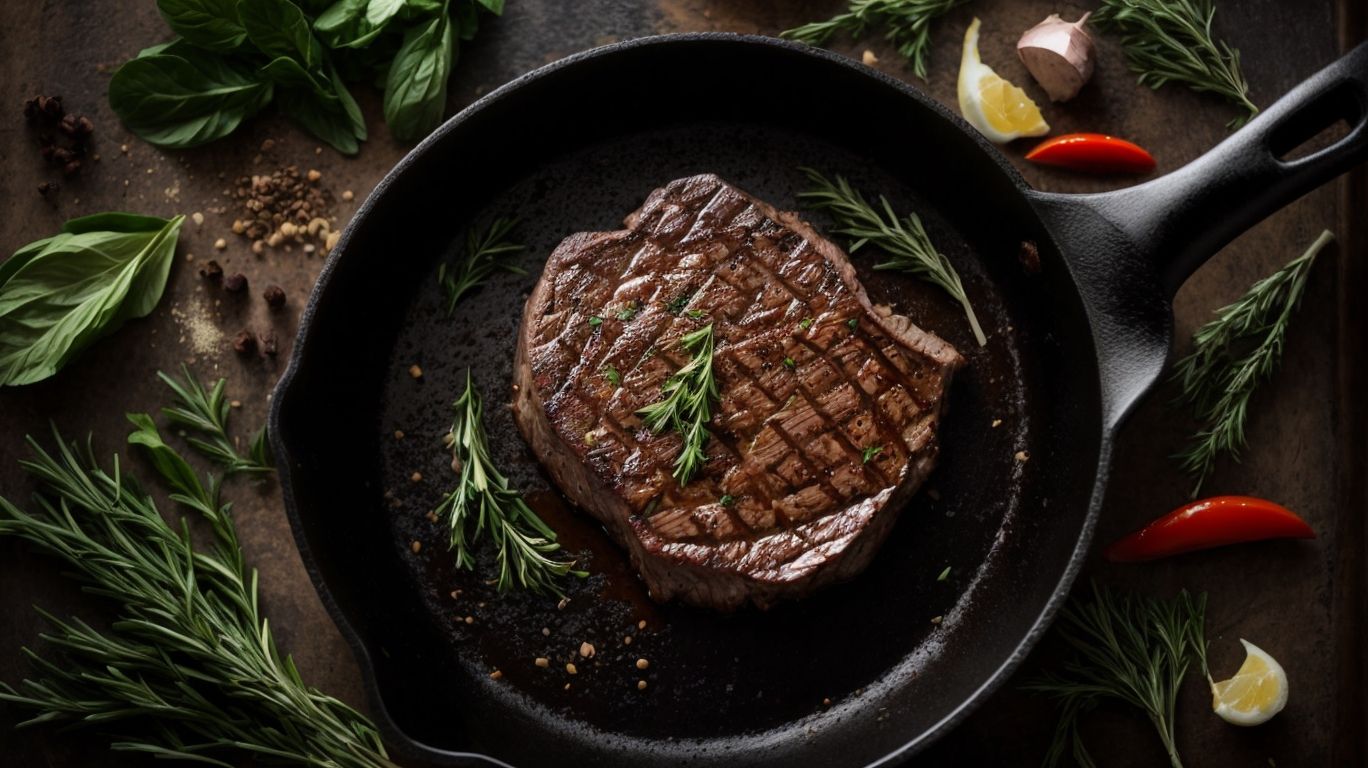
Credits: Poormet.Com – Andrew Martinez
Serving and enjoying the steak involves allowing it to rest after cooking, pairing it with delectable sides like green beans and avocado caprese salad, and mastering the art of cutting and savoring each bite for a memorable dining experience.
How to Rest the Steak?
Resting the steak after cooking is essential to allow the juices to redistribute evenly, ensuring a tender and juicy steak with optimal flavor retention.
When a steak is cooked, the intense heat causes the juices to gather towards the center of the meat. By allowing the steak to rest, these juices have the chance to spread back throughout the steak, resulting in a more consistently flavored and tender bite. This process also enhances the overall dining experience, making each mouthful succulent and flavorful. Retention of juices post-cooking significantly contributes to the tenderness and taste of the steak, impacting the final impression on the palate.
What Sides Go Well with a Steak?
Complementing your steak with sides like green beans and avocado caprese salad elevates the dining experience, offering a perfect balance of flavors and textures for a delightful meal.
Green beans, with their crispness and earthy undertones, contrast beautifully with the richness of a perfectly cooked steak. The slight crunch and freshness of the beans provide a refreshing respite between each savory bite of the meat.
Pairing this with an avocado caprese salad adds a burst of color and creaminess to the plate. The creamy avocado, tangy tomatoes, fresh basil, and smooth mozzarella create a vibrant mix of flavors that perfectly complement the boldness of the steak, creating a symphony of tastes on your palate.
How to Cut and Serve the Steak?
Mastering the art of cutting and serving steak involves identifying the thick part for even slices, achieving uniform doneness throughout, and selecting the ideal vessel for a visually appealing presentation.
When slicing steak, it’s crucial to use a sharp knife to ensure clean cuts that preserve the meat’s juices and flavors. Aim for slices of consistent thickness to enhance the overall dining experience. To maintain the desired doneness, let the steak rest after cooking before slicing; this allows the juices to redistribute, ensuring each piece is succulent and flavorful. Consider the vessel in which you serve the steak—a beautiful platter or wood cutting board can elevate the dining experience and add to the visual appeal of the dish.
What is the Best Way to Enjoy Your Steak?
Indulging in your perfectly cooked steak offers a healthy-ish feel, satisfying your cravings with a good recipe that reflects the essence of a feel-good foodie experience.
When preparing your steak, consider marinating it beforehand to infuse flavors and tenderize the meat. Opt for high-quality cuts like ribeye or filet mignon for a truly indulgent experience. Don’t forget to let your steak rest after cooking to allow the juices to redistribute, enhancing its succulence. Pair your steak with vibrant seasonal vegetables or a refreshing salad for a well-rounded meal. Experiment with different cooking methods such as grilling, pan-searing, or broiling to discover your favorite way of preparing steak.
Frequently Asked Questions
How to Cook a Steak on a Cast Iron Skillet?
Cooking a steak on a cast iron skillet is a simple and flavorful way to enjoy a delicious meal. Here are some frequently asked questions about this cooking method.
What type of steak is best for cooking on a cast iron skillet?
The best steak for cooking on a cast iron skillet is a thick cut, such as ribeye or New York strip. These cuts have enough marbling to keep the steak juicy and tender.
Do I need to preheat the cast iron skillet before cooking the steak?
Yes, preheating the cast iron skillet is key to getting a perfect sear on the steak. Heat the skillet over medium-high heat for at least 5 minutes before adding the steak.
Should I use oil or butter when cooking the steak on a cast iron skillet?
It is recommended to use a high smoke point oil, such as canola or avocado oil, when cooking steak on a cast iron skillet. This will prevent the oil from burning and creating a bitter taste. Butter can be added towards the end of cooking for extra flavor.
How long should I cook the steak on each side?
The cooking time will vary depending on the thickness of the steak and desired level of doneness. As a general rule, cook for 3-4 minutes on each side for medium-rare, 4-5 minutes for medium, and 5-6 minutes for medium-well.
Do I need to let the steak rest before slicing and serving?
Yes, it is important to let the steak rest for 5-10 minutes before slicing and serving. This allows the juices to redistribute and results in a more tender and flavorful steak.

